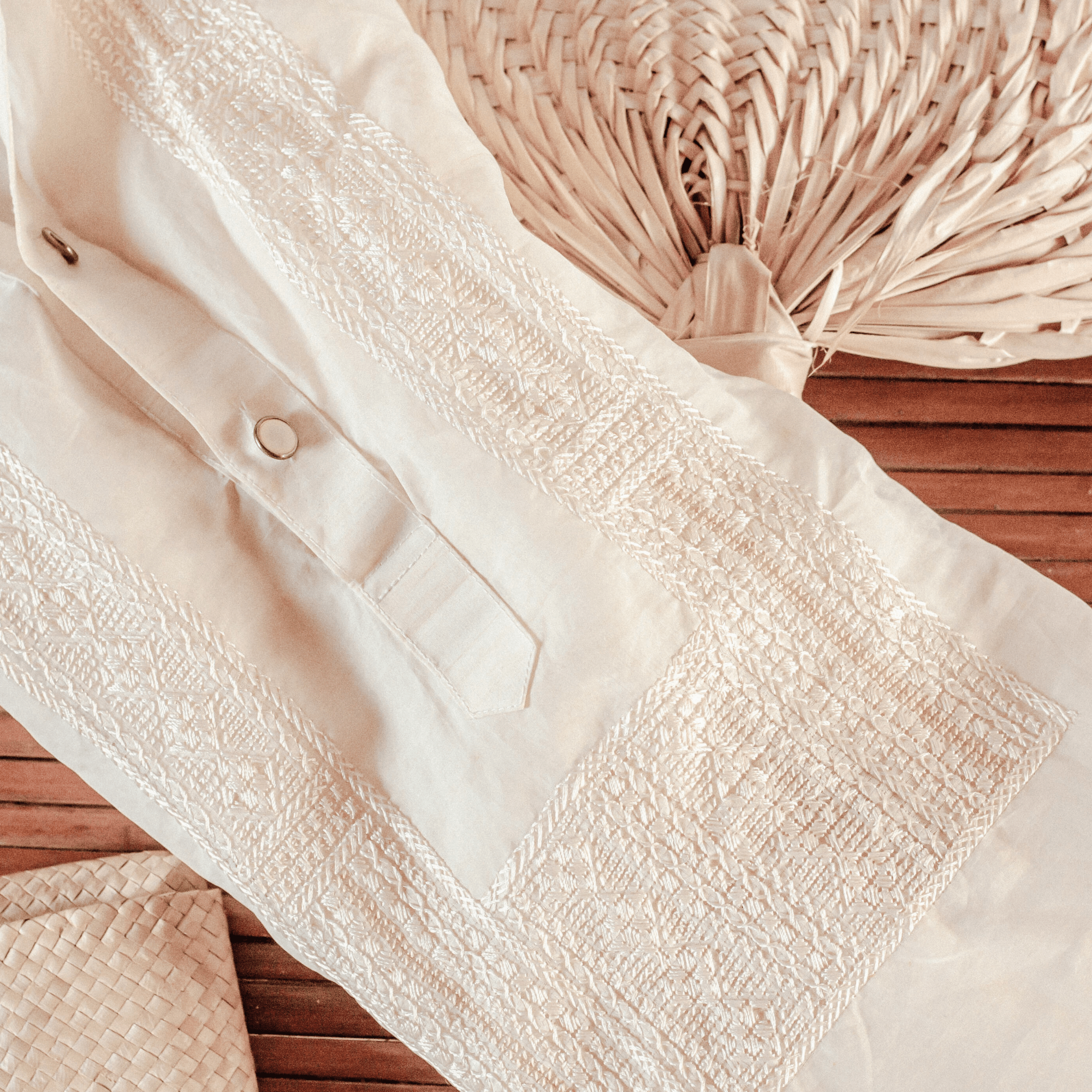October may be best known for Halloween, but other holidays fill the month, as well. Aside from the spooky celebrations, the fall season in the United States is also the time to observe Filipino American History Month (FAHM).
October is the month to commemorate the arrival of the first Filipinos who landed in what is now Morro Bay, California on October 18, 1587. The Filipino American National Historical Society (FANHS) proposed the first annual Filipino American History Month to start in October 1992. This effort was spearheaded by the late Dr. Fred Cordova, and his wife, FANHS Founder Dr. Dorothy Laigo Cordova. A resolution from the society’s National Board of Trustees supported the move. It was only in 2009 that the U.S. Congress declared October as FAHM. In 2015, President Obama celebrated the first FAHM at the White House.
This year, FAHNS shares the theme 1898: Recognizing 125 Years of Philippine-American History. 2023 is the 125th anniversary of the signing of the Treaty of Paris. This was the agreement where Spain sold the Philippines to the United States for $20 million. The Treaty led to the U.S. annexation of the Philippines. It also paved the way for Filipinos to gain access to the United States. Because of this Treaty, Filipino migrants were considered U.S. nationals and allowed to migrate to the United States and its territories without restrictions.
Filipino Americans and History

Photo by Christian Paul Del Rosario
“We do not take democracy for granted. We feel it grow in our working together—many millions of us working toward a common purpose. If it took us several decades of sacrifice to arrive at this faith, it is because it took us that long to know what part of America is ours.”
– Carlos Bulosan, Filipino-American author, poet, labor organizer, and activist
It took long before the United States recognized the presence of Filipinos in the Americas. Filipino Americans, known then as Indios Luzones, were the first Asians to step foot on American soil. These sailors were part of the crew of Spanish ships that plied the Manila galleon trade. They arrived on American shores 33 years before the first colony of Pilgrims docked at Plymouth in 1607. However, due to a skirmish with the Native Americans, the crew went back to their ship and continued on their trade route.

Photo from The Asian American Education Project
It was only in 1763 when Filipino immigrants – so-called Manila Men – settled in North America. They built a small fishing village which came to be known as Saint Malo in Louisiana on the shore of Lake Borgne.
Unfortunately, the history of the Filipinos in the Americas has been stricken from general U.S. narratives or Asian American studies. This is one of the reasons why FANHS created FAHM. The FANHS founding president Dr. Fred Cordova even wrote a book titled Filipinos: Forgotten Asian Americans in 1983. This is one of the efforts to ensure that the role of Filipino Americans in history is recognized.
Continued efforts to observe FAHM are crucial in preserving Filipino culture and traditions and Filipino American heritage. Here are some ways that you can do to keep the Filipino American history and heritage alive:
1. Honor Iconic Filipino Americans

Photo from Inquirer
Take time to learn about the lives of admirable Filipino Americans in the United States. Whether they be historical figures the likes of Larry Itliong, Philip Vera Cruz, and the first Asian American to win gold medals in the Olympics, Vicki Manalo Draves, or modern-day icons such as Tony-award-winning performer Lea Salonga, the first Asian American Chief Justice of California Tani Cantil-Sakauye, and Robert Lopez.
There is a long list of Filipino-American notables that may inspire and encourage you to achieve great feats or make a difference in the world even in your little way.
2. Participate in Activities Commemorating Filipino American History Month

From music and art to deep-dive discussions on Filipino American history, there are a slew of activities that you can join to nurture your Fil-Am heritage.
Check out the FAHNS calendar for events or be on the lookout for local affairs in your community. Visit art galleries and museums highlighting Filipino-American pieces, attend film showings featuring Filipino-American artists, or join seminars and workshops that elevate Filipino skills. For example, you can learn how to make a parol or Christmas lantern to connect to your Filipino roots.
3. Commemorate through Cuisine

Food is probably one of the top Filipino favorites. Aside from eating, Filipinos also love to cook and entertain. When you come to Filipino homes, you would most likely be greeted with “Kumain ka na? (have you eaten?)” rather than the customary “hello” or “welcome”.
As a nod to the Filipino love for food, why not commemorate FAHM through a gustatory celebration? Indulge your palate with well-loved Filipino dishes as you create a “kamayan” dining experience. This is also called “boodle fight” where you eat with your bare hands and share homemade Filipino fare with your family and friends.
If you don’t know how to cook, then you might want to enroll in a culinary course focusing on Filipino cuisine. This would be the best time to feed your inner Filipino and delight your friends or family with Filipino gastronomic delights.
4. Support Philippine Handmade Products and Businesses

Another way of observing FAHM is by patronizing Philippine handmade products, services, and businesses.
One of the traditional Filipino values is called Bayanihan which means helping each other.
In the same vein, show your support and patriotism by subscribing to services provided by fellow Filipinos. You can also purchase products made by Filipinos such as handmade gifts or arts and crafts made by Filipino artisans. Filipinos are known to be masterful in their craft – in whatever genre it may be – complemented by creativity, hard work, and dedication.
5. Donate to Charitable Causes

Photo by Akurtz
While great strides have been made to elevate the way of life of Filipino American communities in the United States, it is undeniable that there are still pools of injustice in one way or another. Asian Americans have been subjected to hate crimes and other forms of cultural prejudice.
To address these issues, various organizations have been created to provide support and aid. You can do your part by donating whatever you can to alleviate their challenging conditions. Volunteering is also another form that you can do to help Filipino Americans in need. Whether it is your time, talent, or treasure, a little goes a long way.

Photo by Jack Malipan
Filipino American History Month is celebrated in October but you don’t have to observe it for only a month. You can do so the whole year through so you remain rooted in a rich and colorful heritage.



